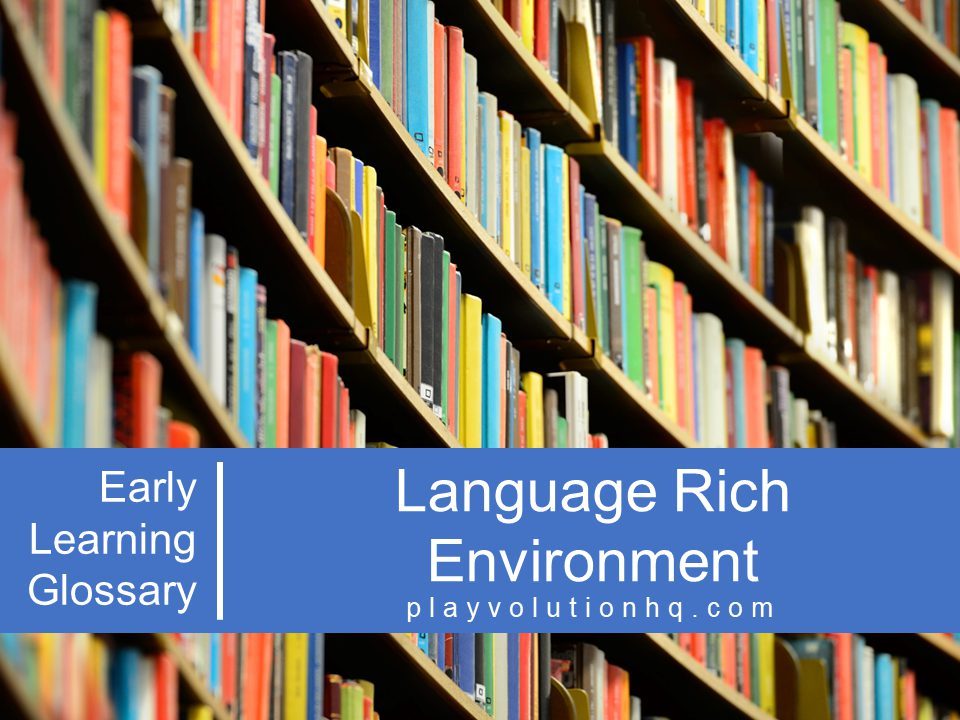
Table of Contents
A Language Rich Environment is an environment that supports the development and use of language. These environments tend to contain abundant spoken and written language and include traits we’ll examine in a bit. First, I want to make this point…
Planning’s Not Always Necessary
Once source described a language rich environment as, “a thoughtfully designed learning space that actively promotes and encourages the enhancement of children’s communication and language development as a whole. A language rich environment is a place that will take into account the physical, emotional, and sensory aspects of a space, provided for the children, as well as the resources used and the interactions with adults that take place.
I’ve run across many definitions of the term that echo the above. I take issue with such definitions because they make it seem like a language rich environment can’t exist without a lot of planning and organizing. I think that’s a mistake.
Many language rich environments are not “thoughtfully designed”.
For example, I remember visiting my grandparents on their farm in Northern North Dakota as a child. The house was full of books, newspapers, and magazines. The air was filled with conversation about the weather, going fishing, heading into town for ice cream, splashing in the huge puddle left halfway down the road to the asparagus patch, bottle feeding the lambs, and ever so much more.
There were feed store branded notepads, pens, and pencils. When the conversation lagged, there was news, weather, agriculture market reports, and music on the radio. There were stories—Grandpa’s usually involved olden times or animals. Grandma’s were silly, whimsical, and full of puns. This was a very language rich environment with no design to it at all–thoughtful or otherwise. It was just how things were.
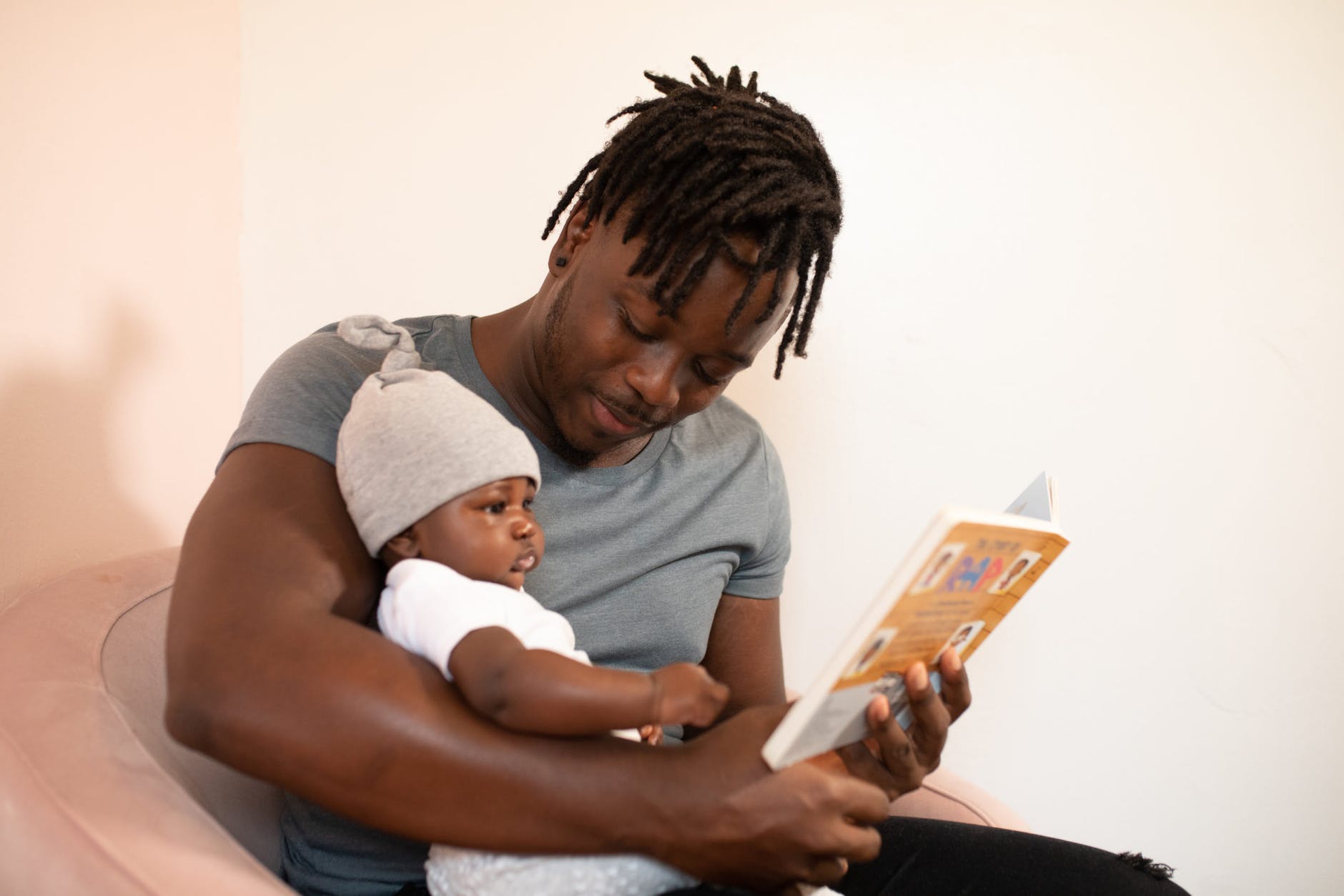
I also don’t believe every language rich environment, “actively promotes and encourages the enhancement of children’s communication and language development as a whole.” Grandma and Grandpa, for example, were not actively trying to build my vocabulary or communication skills. I don’t think that intent was even in the back of their minds.
Some environments stimulate the learning and use of language naturally–with little or no planning or intention. Others do require planning. Let’s take a look at traits all language rich environments share.
So, What Is A Language Rich Environment?
Let’s dig into that. I think an article at geteduca.com sums it up succinctly with these three points:
- It sounds like conversation and play, singing and reading, interacting, and true listening.
- It looks like a space where learners and educators interact in all these activities in a positive, nurturing way.
- It feels like a place where children grow in confidence as their early adventures with speech are encouraged, respected and supported.
Building on that, the five points in the box below also play a role.
Five Markers Of A Solid Language Environment
Kathry Hirsh-Pasek and the other authors of the amazing book Einstein Never Used Flash Cards (affiliate link) identified these five markers of a solid language environment that parents should look for when evaluating a child care setting.
- Responsiveness: Does the caregiver or teacher respond when the child addresses her?
- Positive emotion: Does she respond with a smile and a positive disposition?
- Does the teacher have the attention of the children? Is she talking about things the children are interested in?
- Expansions: Is the teacher asking questions and building on the children’s talk?
- Reading: Is the room filled with written material and books? Does the teacher read to the children?
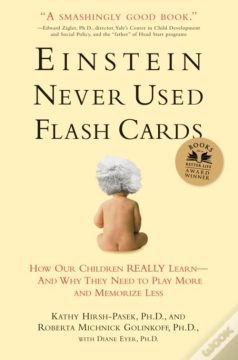
We’ll expand on and add to the above ideas with a few more points.
Surround Children With Print
Traditional books…but not just books…should be readily available and accessible to children. Newspapers, comic books, handwritten notes, magazines (do those still exist?), and environmental print are other ways to put print in front of children.
Accessibility is key. Books kept on a high shelf or made inaccessible to kids are worthless. The whole point is engagement. Too many early learning settings keep books away from kids—only taking them out for story time—because they fear ripped pages and crayon scribbles. The fear is understandable, but the practice hardly helps create a language rich environment.
Don’t be afraid of digital print. There are many reasons to consider restricting children’s screen time, and some research seems to indicate benefits from the more tactile experience of traditional books, but we live in a digital world. There are also some positives to digital books—storage, ease of purchase, and interactivity.


Children Should See Adults Using Language
For kids to become proficient and enthusiastic language users, they need exposure to adults who regularly read, write, and talk. Children won’t find value in these skills if their adults don’t value them.
Lots Of Conversation
Language rich environments include lots and lots of conversation. All this conversation builds vocabulary and helps kids learn and practice the mechanics of both language and conversation. Ideally, children should hear adults’ conversations and engage in discussions with adults, peers, and near peers.
Remember that conversation requires that language flow in multiple directions. Talking with kids is helpful, but lecturing at them is less so.
In too many early learning settings, children are expected to sit quietly and listen to adults talk. That’s not a conversation.
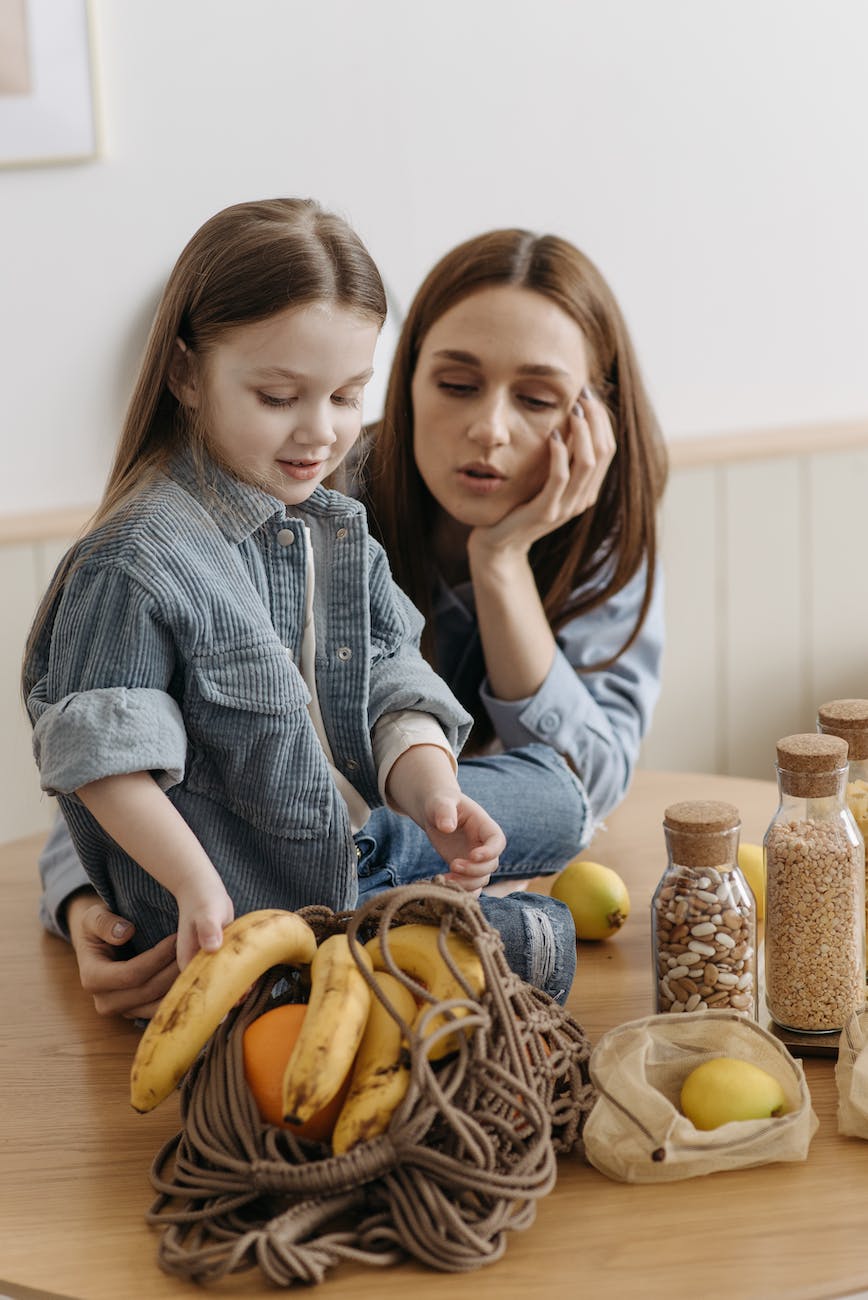
Access To Tools
To become adept at creating written language, kids need early, and frequent access to the essential tools of the trade. They need hands-on experience with paper, crayons, pens, pencils, and markers.
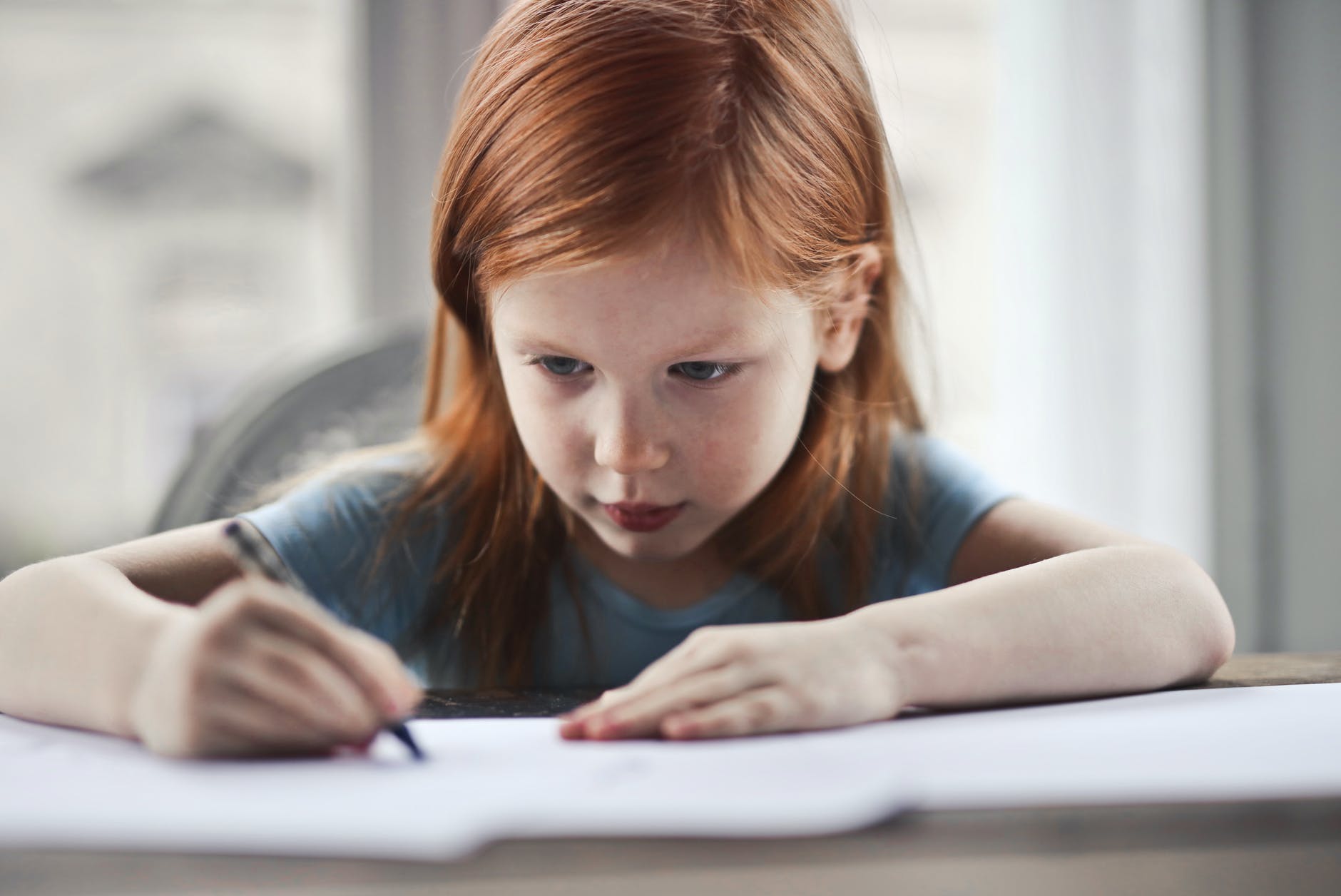
(Create And) Share Stories
Our human brains are wired for telling and hearing stories. Ten thousand years ago, our ancestors sat around camp fires telling tales. Kids are still wired to learn language from stories.
Just sharing stories is beneficial if you’re not feeling the least bit creative. Classic folk and fairy tales are a great place to start. Traditional rhymes and songs are great too. (The links in the last sentence go to over 300 tales and over 330 rhymes and songs we’ve collected here at Playvolution HQ.)
Another way to expose children to language is to cooperatively create and share your own original written or oral stories. The cooperative creation process tends to include lots of conversation.
Another option is to customize traditional stories. Turning Goldilocks And The Three Bears into Benjamin And The Four Turtles, for example.
Support Child-Led Play And Exploration
Child-led play and exploration are language-rich activities. Environments full of real play are also language rich environments. Such spaces allow children to talk with peers, build vocabularies, and practice the give and take of conversation.
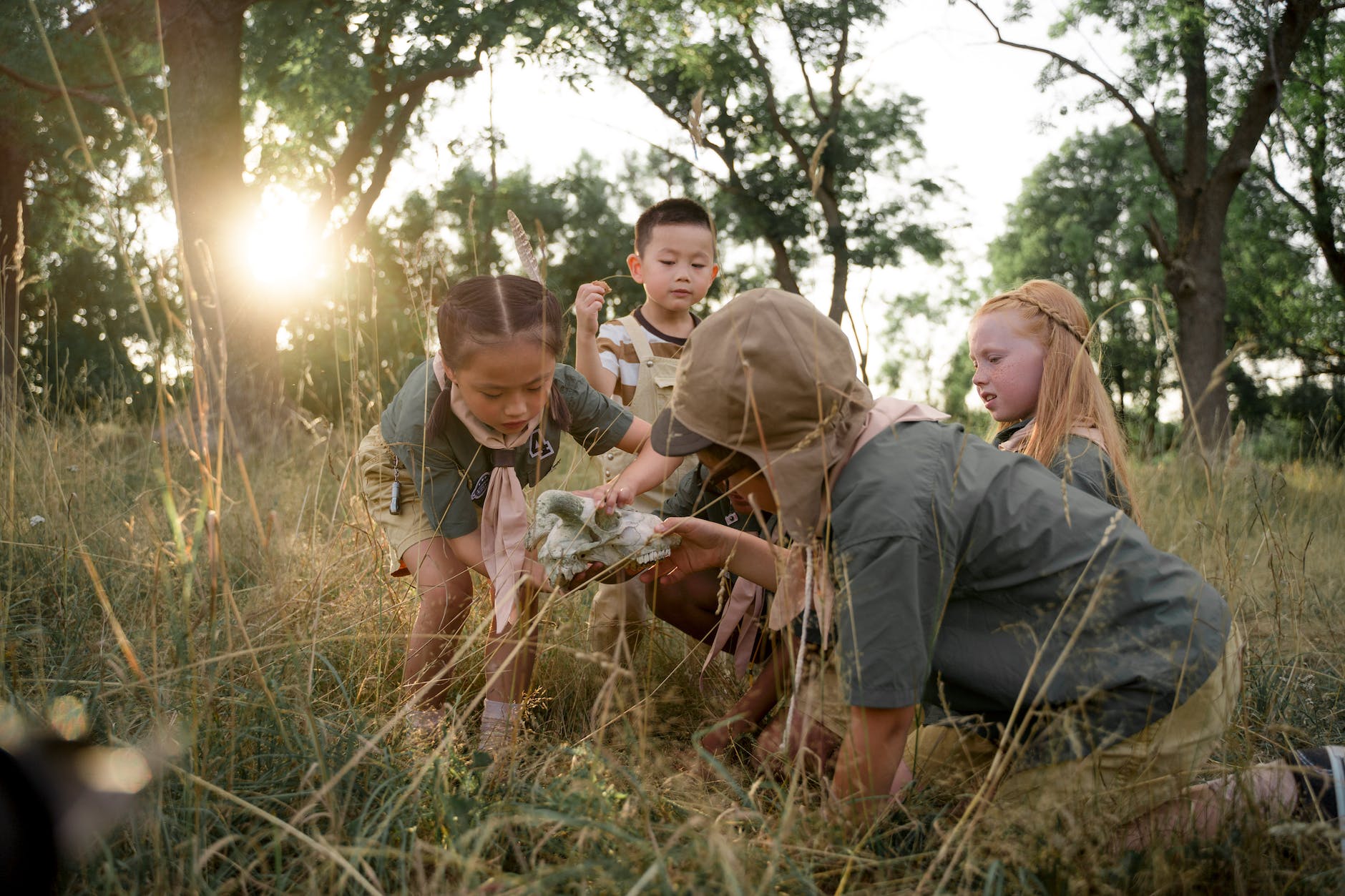
Language Rich Environment Wrap-Up
Adults may preplan and manage language rich environments, or they may occur naturally. I’ve recently moved from the middle of the Midwest to a Gulf of Mexico beach town and have been reflecting on how language rich my days have been since the move. For example, I’m learning the names of fish, birds, plants, and critters I’ve never encountered face to face. I’m learning about tides and how they work. I’m learning about the new community–everything from road names to history. I’m chatting and asking questions of local folk. It’s been an explosion of language. It’s a very language rich environment, but hardly planned.
You’ll find language-related Early learning Glossary entries here.
Contribute content to Playvolution HQ
Brought to you by Explorations Early Learning
Thoughts On This Entry?
I’d love to hear your thoughts on improving this entry and suggestions for additional glossary additions in the comments below. You can also contact me with comments or concerns.
Browse Trainings
Post Author
Jeff Johnson is an early learning trainer, podcaster, and author who founded Explorations Early Learning, Playvolution HQ, and Play Haven.


Leave a Reply